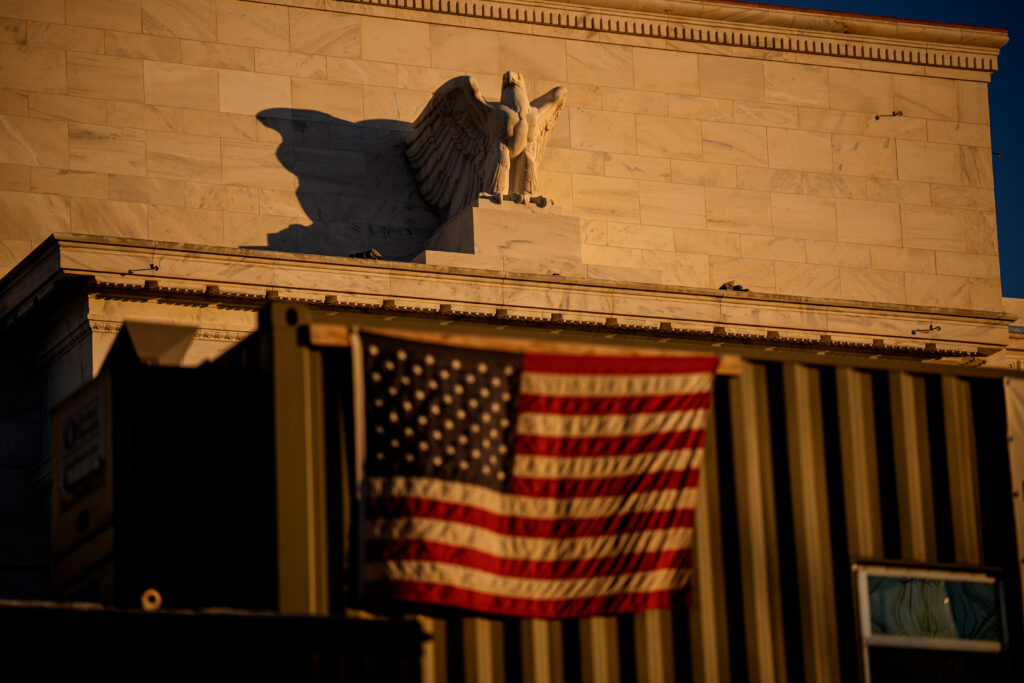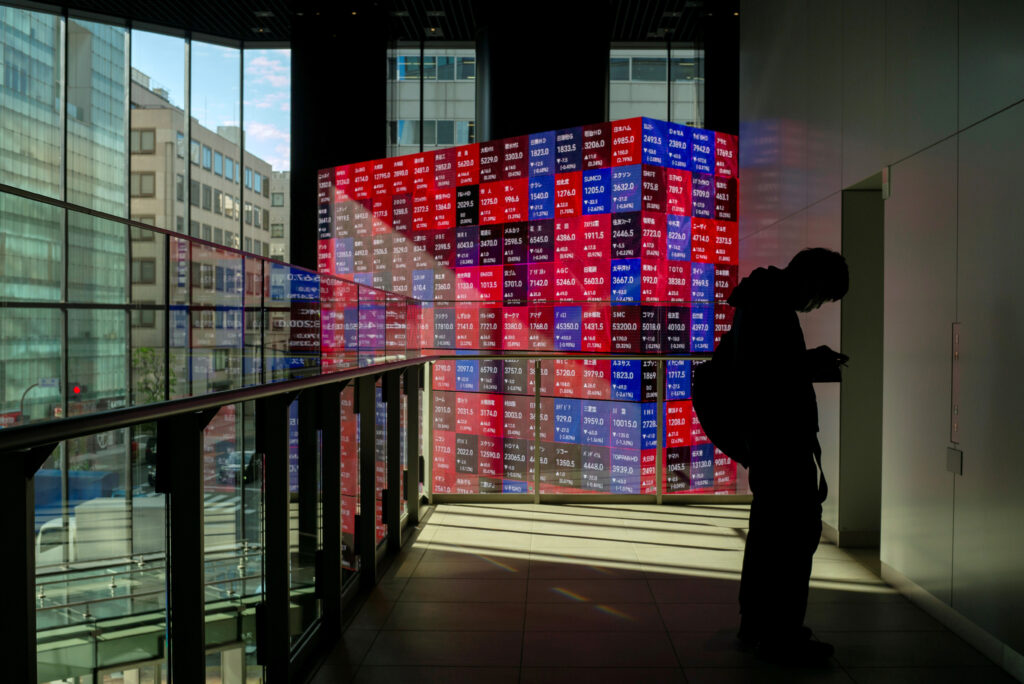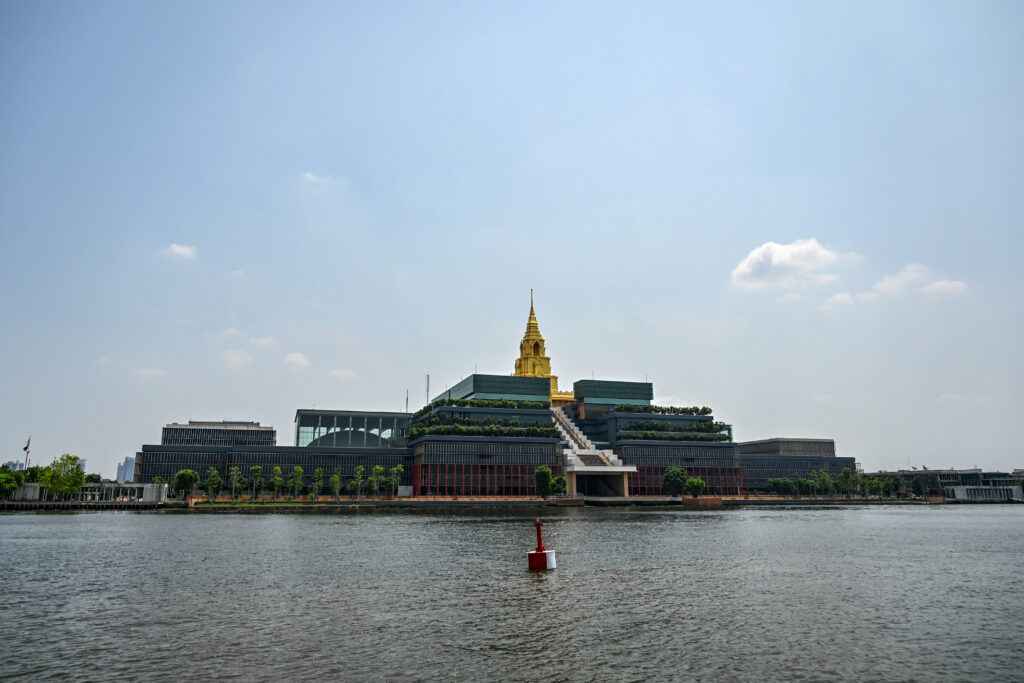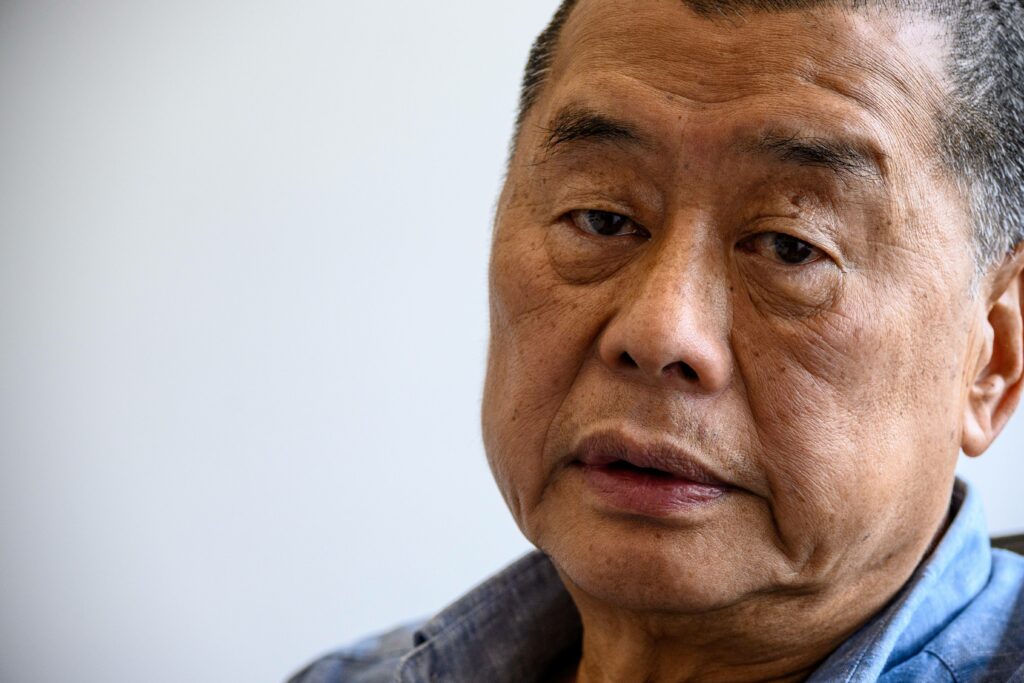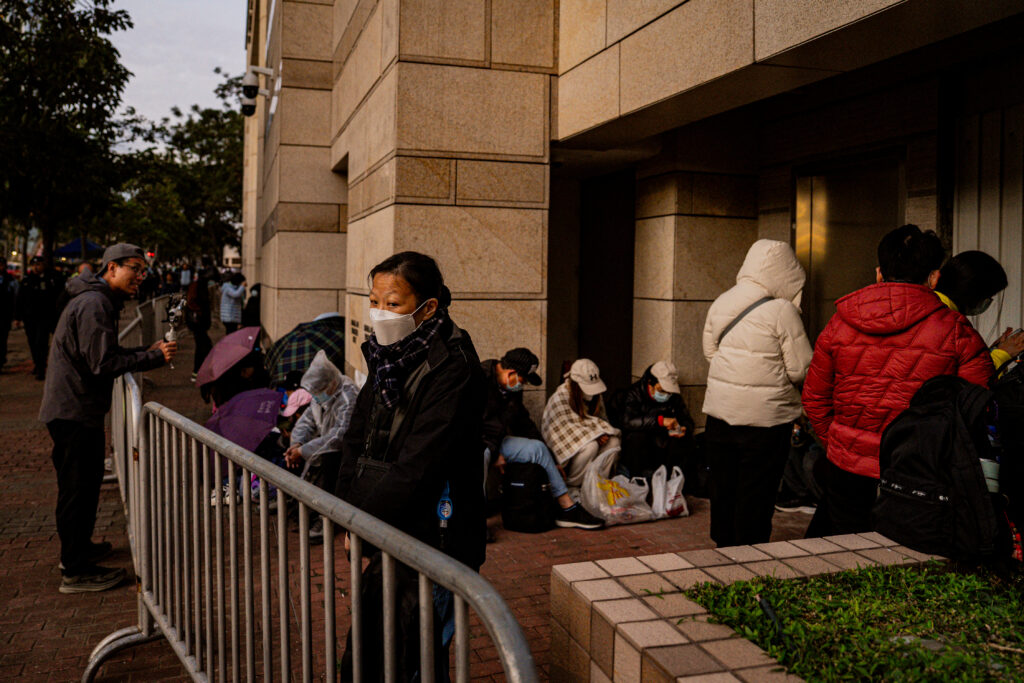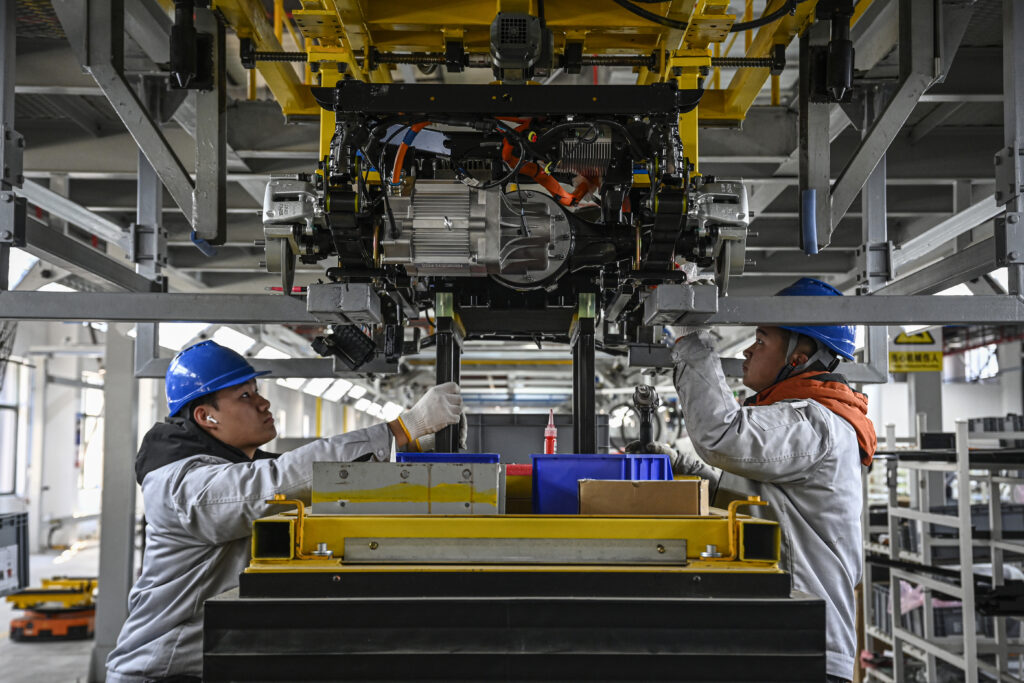Stock market optimism returns after tech selloff but Wall Street wobbles
European stock markets recovered upward momentum on the back of interest rate optimism Monday following a brief correction affecting mostly the tech sector, but gains were pared as Wall Street teetered.The week is filled with economic data and central bank decisions, keeping investors on their toes.Wall Street seemed poised early Monday to match European gains but tech worries crept back into the market, causing key indices to reverse their early upward move.Gold climbed closer to its all-time high and the dollar dropped as traders bet on further cuts to US interest rates by the Federal Reserve next year.”The coming week is shaping up to be a significant one for global markets,” said Jim Reid, managing director at Deutsche Bank.The European Central Bank is expected to hold interest rates steady on Thursday, while the Bank of England is forecast to trim borrowing costs, as policymakers react to cooler inflation in the eurozone and UK.However the Bank of Japan is expected to hike its main rate on Friday with the yen weak.Traders will also digest key US data, including a report on jobs with partial October figures and November’s numbers, both delayed by a government shutdown. Investors will study a US inflation reading this week as well.Markets will pour over the reports for hints on how they could affect the Fed’s January rate decision.”The Fed is still making it clear that it’s concentrated more on the employment side of the mandate,” said Patrick O’Hare of Briefing.com. The central bank has dual goals of maximum employment and stable prices.The bank has lowered borrowing costs at its past three meetings, citing concerns about a struggling American labor market, although there has been dissent including from policymakers concerned about persistently high inflation.Also in view is the race for who will take the helm at the Fed after boss Jerome Powell steps down in May, with US President Donald Trump’s top economic aide Kevin Hassett and Fed governor Kevin Warsh said to be the front-runners.For now, “investors appear indecisive about making gutsy maneuvers prior to a heavy plate of high-profile economic data starting tomorrow,” said Jose Torres of Interactive Brokers.Concerns about the AI-fuelled tech rally returned to the spotlight late last week too after poorly-received earnings from US giants Oracle and Broadcom revived questions about the vast sums invested in the sector.After hefty losses on Wall Street on Friday, where the S&P 500 and Nasdaq indices both shed more than one percent, Asia in turn suffered a tech-led retreat Monday.- Key figures at around 2105 GMT -New York – Dow: DOWN 0.1 percent at 48,416.56 points (close)New York – NASDAQ: DOWN 0.6 percent at 23,057.41 (close)New York – S&P 500: DOWN 0.2 percent at 6,816.51 (close)London – FTSE 100: UP 1.1 percent at 9,751.31 (close)Paris – CAC 40: UP 0.7 percent at 8,124.88 (close)Frankfurt – DAX: UP 0.2 percent at 24,229.91 (close)Tokyo – Nikkei 225: DOWN 1.3 percent at 50,168.11 (close)Hong Kong – Hang Seng Index: DOWN 1.3 percent at 25,628.88 (close)Shanghai – Composite: DOWN 0.6 percent at 3,867.92 (close)Euro/dollar: UP at $1.1750 from $1.1742 on FridayDollar/yen: DOWN at 155.25 yen from 155.83Pound/dollar: UP at $1.3372 from $1.3368Euro/pound: UP at 87.87 pence from 87.83West Texas Intermediate: DOWN 1.1 percent at $56.82 per barrelBrent North Sea Crude: DOWN 0.9 percent at $60.56 per barrelburs-tmc-bys/jgc
